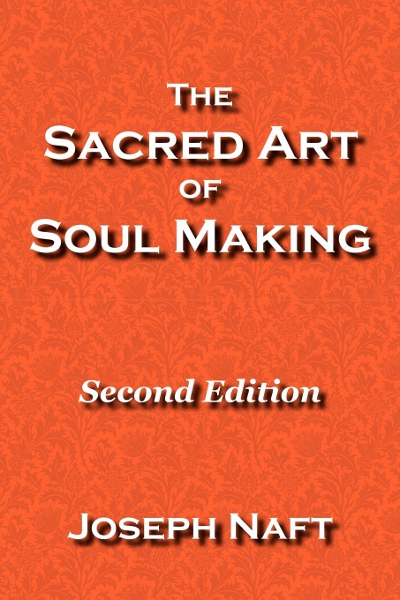|
|
Inner
Frontier Fourth Way Spiritual Practice |
|
Inner Work For the week of March 8, 2021
The Morning Sitting (Reclaiming Our Life: 9) For our spiritual development, the value of a regular, daily session of quiet meditation cannot be overstated. We could almost say that it is essential, but that would leave out the many people who choose a path that does not include meditation or who, for one reason or another, simply cannot sit in meditation. For the latter, there are other approaches, such as focusing on inner work during our ordinary activities, which is essential for all who aspire to the spiritual path. Sitting practice alone is not enough, because, unless we join a monastery, the external obligations of modern life do not permit us large blocks of daily time to devote exclusively to meditation. However, regular sitting practice, when coupled with inner work as we go about our day, proves enormously beneficial and accelerates our progress. The best time to sit is any time we can manage it. The optimal time is every morning because it sets up our initial state for the day. If our morning sitting is strong enough, it can create an undercurrent of presence that carries through our entire day. In morning meditation, we reboot our body, mind, emotions, and spirit for the day. This fresh start reawakens us to what matters, to kindness, to presence, to the Sacred, and to being responsible. How long should we meditate each day? The general rule is: more is better. The value and impact of a single meditation session, all other things being equal, grows exponentially with the length of the session. For example, a single 45-minute session is usually worth more than two 30-minute sessions. This is because the longer a given sitting goes, the deeper it goes. That points up how inner work during the day supports meditation: the more centered we are at the start of a sitting, the deeper we go by the end. Of course, all of this holds only generally, and the exceptions abound. Sometimes, a short sitting can suddenly go very deep. But the length of our daily sitting does matter. Each minute of a meditation creates a greater possibility for the next. How to approach meditation? Investigation is considered one of the factors of enlightenment in Buddhism. We might also call this exploration. Over time, there are cycles, spiraling cycles, in our meditation practice. We learn a new method or discover a new depth, then we work in that new way for a time, on a seeming plateau, to consolidate and understand that particular approach to sitting, to make it our own. To enable that understanding to grow, we stay alert to the process, making small changes here and there to see their effect. This is an empirical exploration of that meditation practice. Meditation instructions are, of necessity, given in words. But words prove woefully inadequate to describe the reality of meditative methods and states. Thus, we need to explore experientially the neighborhood around the words of instruction to discover their true meaning and possibilities, to understand the practice and make it our own. Later, our exploration pushes the envelope of the plateau. We look to see how we might move into greater depth. We try different directions, new directions, new approaches. We see where they take us and then we look further. Sometimes this comes as a direct and unexpected discovery. Sometimes it comes from something we hear or read or learn. The crucial thing is to remain open, to keep our search alive, to go beyond where we are. Of course, that may mean fully accepting to be and stay exactly where we are, because the doorway to the spirit is within this present moment. In every moment, there are different levels to discover and explore. What should our meditation practice consist of? This depends on our current stage of development, as well as our immediate state. The different types of meditation each have a purpose and work on different aspects of our soul. For that reason, it behooves us to establish a tool kit, a ready repertoire of various meditation practices. We may work with one for some time: days, months, or even years. Yet as we evolve, so does our practice, which may call for new or different kinds of meditation. Also, for a balanced development of the major sides of our nature, we need a number of suitable, specialized practices. Our intuition can guide us in selecting which part of the inner tool kit to use when. For our body, we might work with body awareness through sensing. For our heart, we might work with prayer and acceptance, with opening to the light of the Sacred. For our mind, we might work with opening to the silent consciousness behind our thoughts. For our being, we might work with transforming energies and with the peace of presence. For our will, we might work with focused attention, with being our attention, and with noticing and obeying our conscience. Why meditate? One way to look at our evolving reasons to meditate begins with hope for a better life, followed by the relief of inner peace. Then we come to joy and bliss. Later we meditate as our way of giving to the spiritual energy ecosystem of our world. And ultimately, we meditate to unify ourselves with the Sacred. Regular morning meditation provides a strong kickoff for our inner work that can stay with us throughout the day. Doing this every day, creates a rhythm for our life that gradually grows our being, bringing us kindness and connection, joy and purpose. For this week, please reinvigorate your own morning sitting. |
|
|
About Inner Frontier Send us email Copyright © 2001-2024 Joseph Naft. All rights reserved. |








